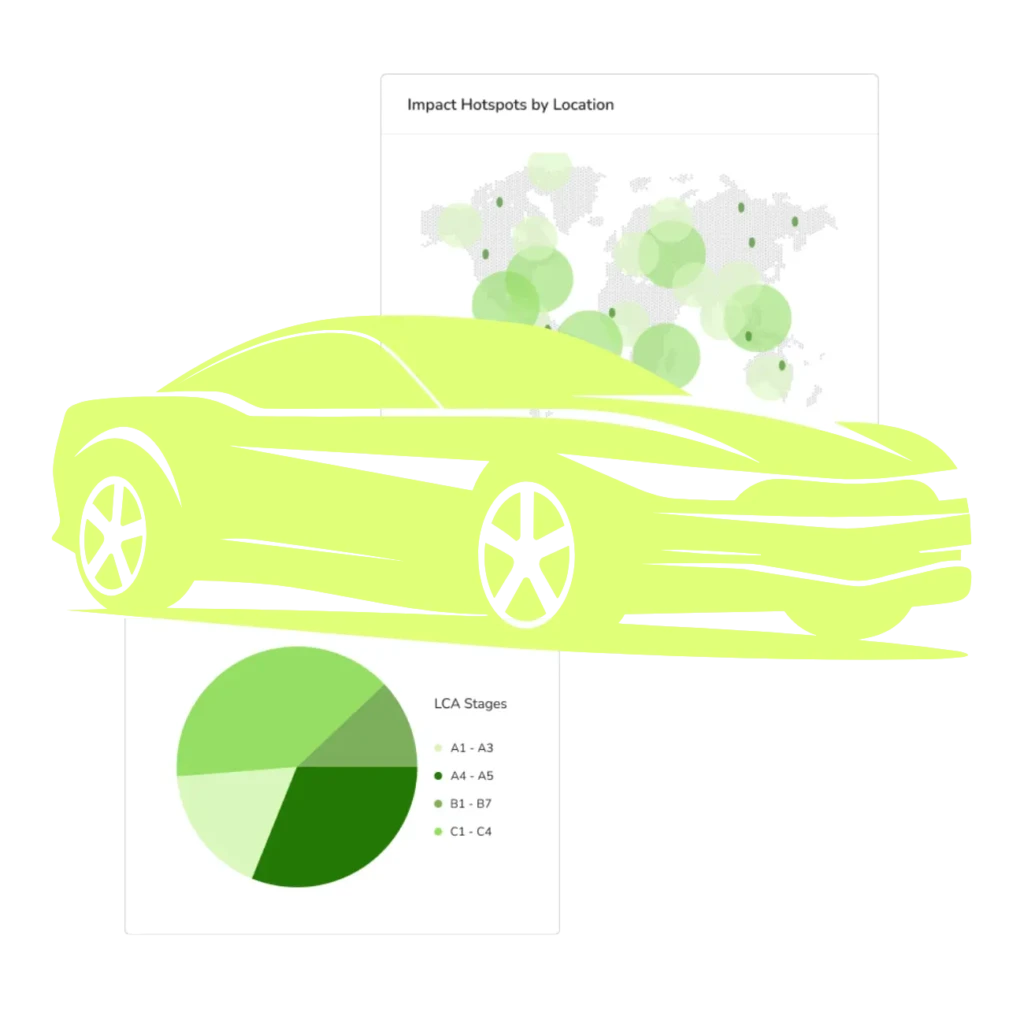EPCIS Events: the global standard connecting data, products and traceability
EPCIS Events are the global standard developed by GS1 that enables the structured and secure recording and sharing of what happens to a product throughout its lifecycle. From manufacturing to recycling, each event brings transparency and trust to the supply chain, facilitating traceability, interoperability between systems, and decision-making based on real data.


What are EPCIS events?
EPCIS (Electronic Product Code Information Services) events are standardised digital records that document what happens to a product, when, where and why throughout its entire lifecycle. Each event represents a real action and is structured according to the GS1 EPCIS 2.0 international standard.
Thanks to this model, different organisations can share information in an interoperable, secure and verifiable way, creating a common language to describe product traceability.
In addition, EPCIS events are a key part of the Digital Product Passport, as they provide the operational layer of traceability that shows what actually happens to a product at each stage of its life cycle.

In the context of CircularPass, EPCIS events enable:
How do EPCIS events work?
EPCIS events operate on a simple principle: every relevant action that occurs with a product generates a digital event. These events are collected, validated and shared among the various participants in the supply chain, creating continuous and reliable traceability.
It all starts when a product is created, transformed or moved within the ecosystem. At that moment, an EPCIS-compatible system generates an event describing what has happened (e.g., ‘batch X has been shipped from plant A to warehouse B’). That event is recorded in a standardised format, ensuring that any other organisation can interpret and verify it in the same way.
Event capture
An action or change (manufacturing, shipping, receiving, recycling, etc.) is recorded.
Validation and storage
The event is validated according to the GS1 EPCIS 2.0 standard and stored in a secure database.
Information exchange
The various actors in the chain (manufacturers, distributors, recyclers, etc.) can consult relevant events or share their own.
Visualisation and analysis
The information is combined to create a complete overview of the product's journey, useful for traceability, compliance and sustainability.
Other Features


Start Your Journey to Supply Chain Transparency Today
Start Your Journey to Supply Chain Transparency Today
